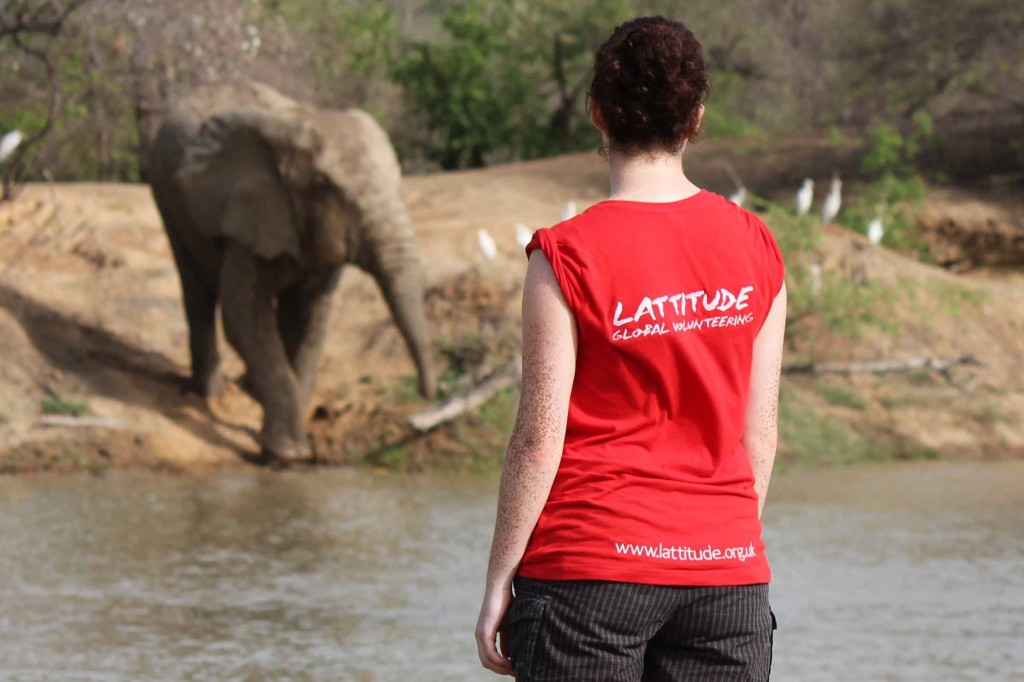By Roberta Geraci
One of the most popular things to do while travelling is to experience the wildlife and animals of the region, be it on a Safari in Africa, a trip to the Outback in Australia or bird watching in the UK. Unfortunately according to the WWF animal populations are disappearing at an alarming rate, due to increased threats of poaching, habitat loss and overuse of natural resources. While travelling on a Gap Year or volunteering abroad, you should consider taking the time to see animals in their natural habitat, particularly as those who see wild animals are more inclined to help protect them, but when doing so it is important to consider your impact.
The WWF recognise the threat that tourism in particular brings to animals in popular travel destinations such as Sout East Asia and India. Accordingly it has a number of recommendations about interacting with the animals and making sure that you travel responsibly and ethically. Trafficking live animals, furs, skins or other animal souvenirs is not only very damaging to the animals and their habitat it could also be illegal. The WWF note: “Whether you go around the corner or around the globe, you could stumble upon products made from endangered or threatened wildlife. Sometimes you may not even know that what you buy contains anything questionable. So, it’s up to you to read labels, ask questions, and request documentation. Use the power of the consumer to protect wildlife.”
Travelling presents a fantastic opportunity to interact with local animals, observe them on a safari, in a wildlife park or at the zoo and appreciate their natural beauty. While some may want to take a souvenir of those memories home with them, items made from animal skins, furs or tusks are often taken illegally and without consideration to the continued survival of the species. The WWF has taken steps to protect some of the most endangered animals but in 2012 it highlighted some of the most majestic, rare and unique animals that are sadly in danger of extinction from the wild. So if you visit one of the following locations and aim to see some of the animals, try to do your bit to help promote their well being and survival.
1) Asian Elephants = a sacred animal for centuries in Asia the Elephant is now at risk of further exploitation from the tourism trade. For example the founder of an Elephant Park in Thailand claims he “has known about 20 elephants who stepped on land mines and died” since 1989.
2) Javan Rhinoceros = according to the WWF there are believed to be as few as 40 Javan Rhinoceros left in the wild, making them one of the world’s most endangered animal. Formerly they inhabited many parts of Indonesia and Vietnam, but estimates suggest poachers have killed the last remaining Javan rhino in Vietnam.
3) Tigers, Asia = one of the most famous, beautiful and powerful animals known is at risk of becoming extinct in the wild. According to the Save the Tiger campaign there are as few as 3,200 remaining in the wild spread across 13 countries in Asia.
4) The Mountain Gorilla = As a subspecies of the eastern gorilla, native to Uganda, Rwanda and the Democratic Republic of Congo, the Mountain Gorilla have fallen victim to the armed conflicts that have plagued the region over the last 20 years and the increase in natural resource exploitation. A powerful but majestic creature the Gorilla as one of mans closest cousins remains in need of protection.
5) Leatherback Turtles = In the Pacific ocean the leatherback turtle has suffered at the hands of the increased fishing in the region and the danger of longline fishing operations. Recent attempts have managed to slow down the demise but the WWF suggests that it may not be enough to sustain the population longer term.
